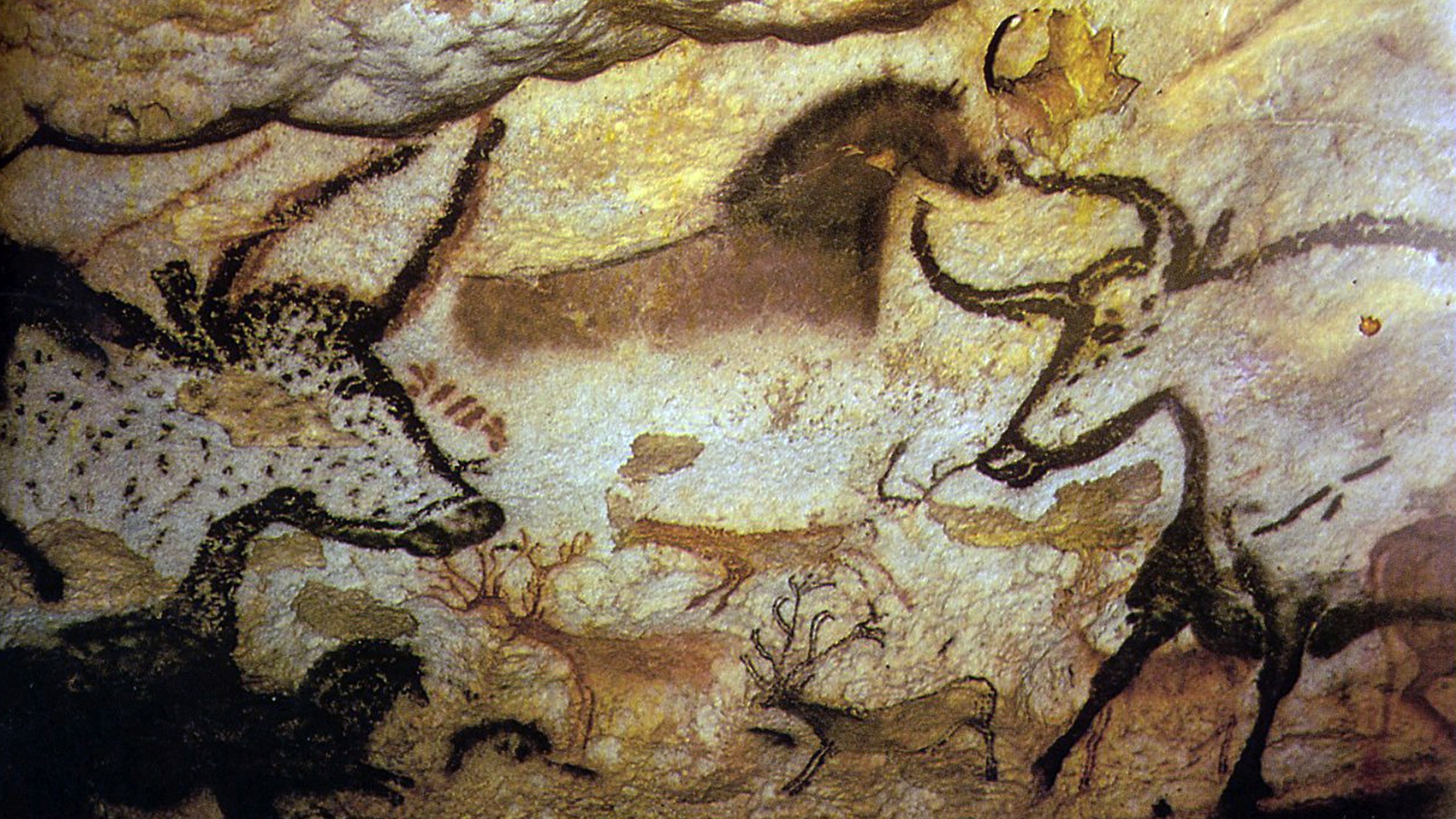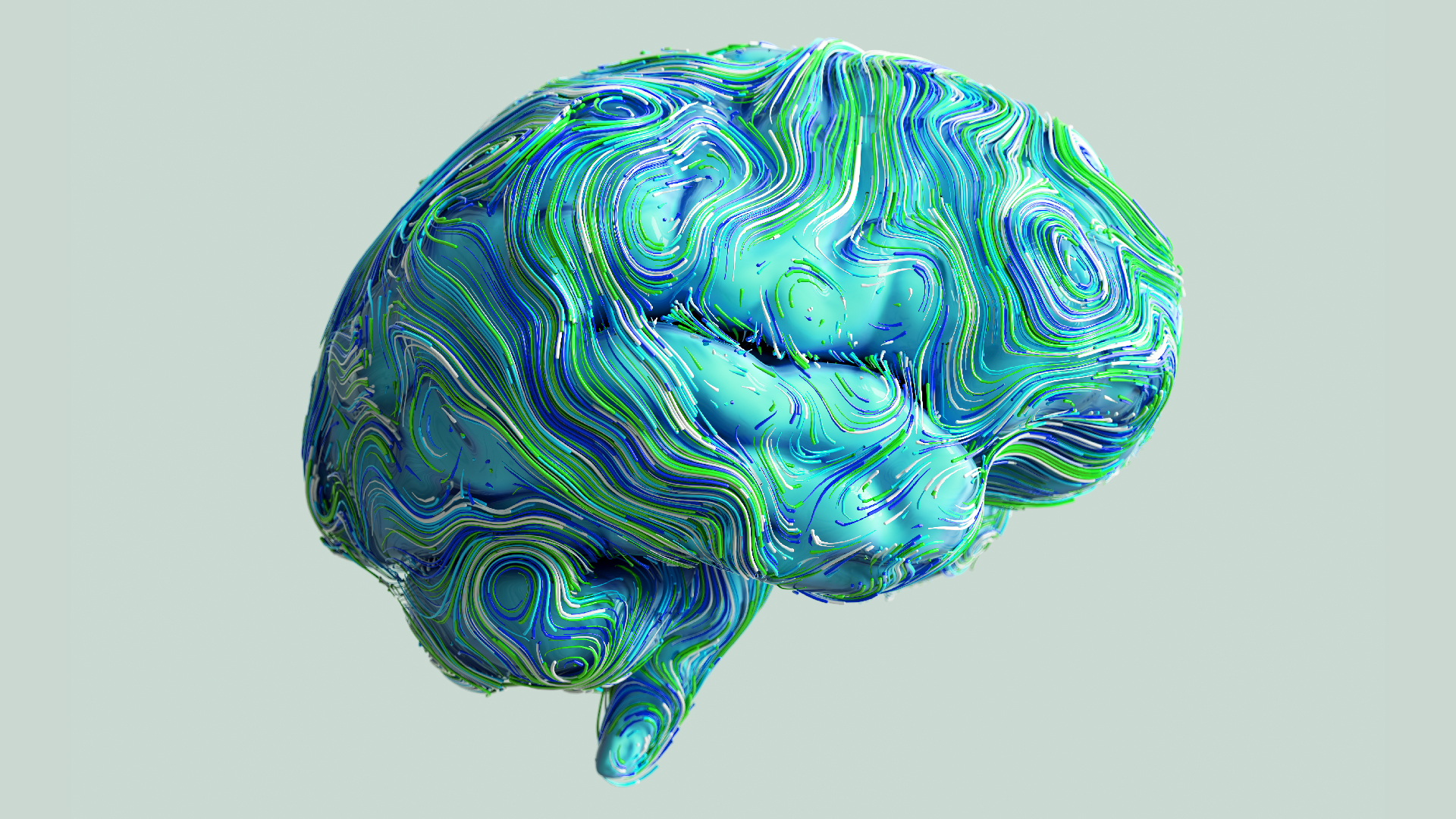6 extinct species that scientists could bring back to life — and 1 they have already resurrected
De-extinction, the science of resurrecting extinct species, is progressing in leaps and bounds. Here are six creatures that researchers could bring back to life — and one they've already revived.
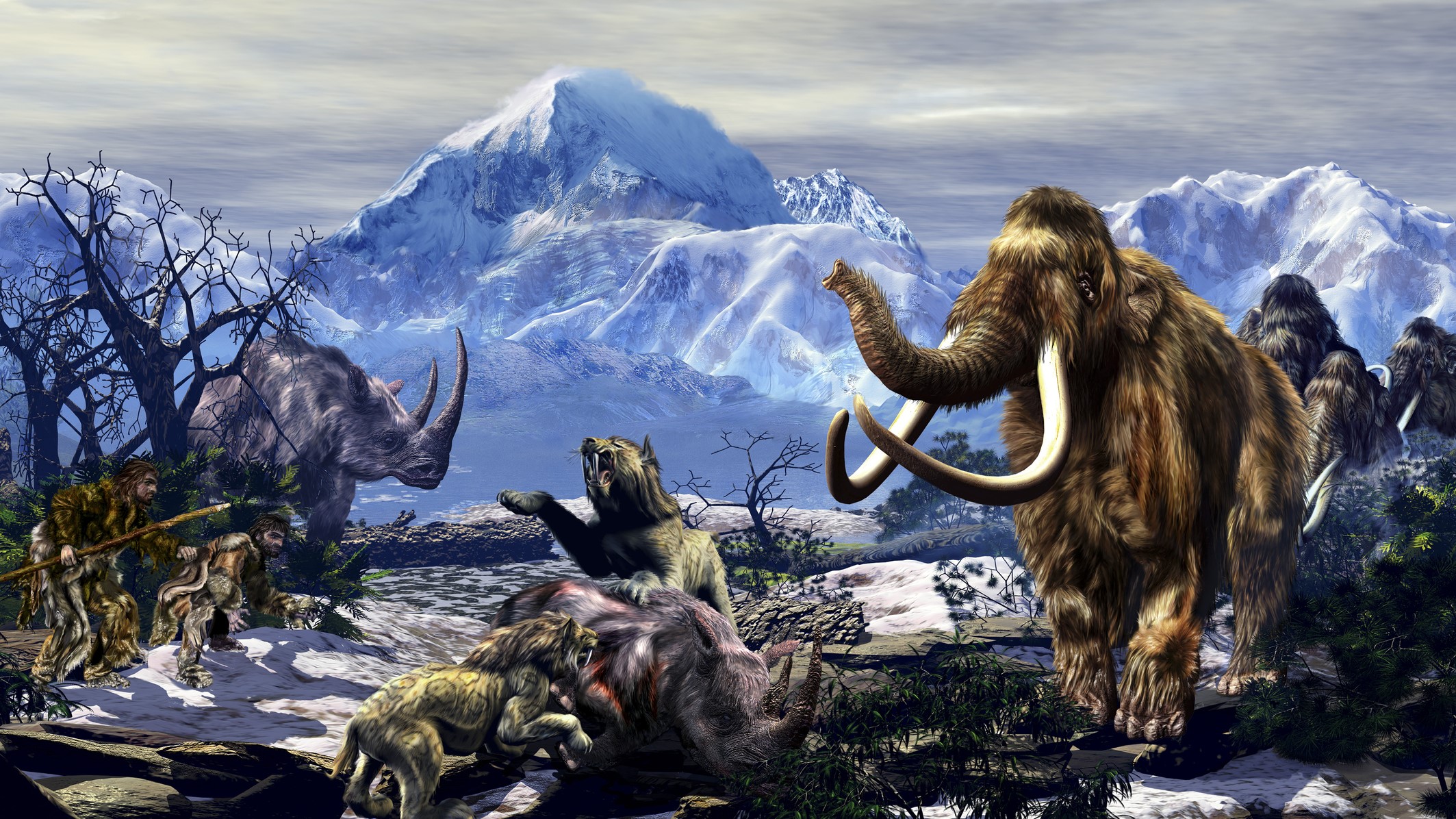
Scientists are on the brink of resurrecting several extinct species. Emblematic species such as the woolly mammoth, the dodo and the thylacine (also known as the Tasmanian tiger) could soon walk the planet again, according to "de-extinction" companies and scientists.
De-extinction starts with DNA samples from the lost species. Sometimes this is the complete genome; other times, scientists may splice genes from the extinct species into the genome of a closely related living animal. Then, in a process known as nuclear transfer, researchers implant this sequence into an egg cell taken from the same related living species. The resulting animal is genetically similar to the extinct one.
Scientists have already resurrected at least three extinct species. In 2003, researchers in Spain performed nuclear transfer for a subspecies of Pyrenean ibex called the bucardo (Capra pyrenaica pyrenaica), which went extinct in 2000. A baby bucardo was born, but it died just a few minutes later due to a lung defect.
In 2013, another team of scientists created southern gastric-brooding frog (Rheobatrachus silus) embryos through nuclear transfer. Southern gastric-brooding frogs were aquatic frogs endemic to Australia that gave birth through their mouths. They went extinct in the 1980s due to the spread of a fungal disease. Although the nuclear transfer was successful in creating cells that divided and replicated, none of the embryos developed into tadpoles, putting an end to the experiment.
De-extinction science has progressed since then. In April 2025, scientists announced the birth of three "dire wolf" pups thanks to genetic engineering. Dire wolves (Aenocyon dirus) lived during the last ice age (2.6 million to 11,700 years ago) and went extinct more than 10,000 years ago.
And with technology and research still improving, some scientists claim that iconic species like woolly mammoths could be brought back to life within a decade. For better or for worse, here are six extinct animals that scientists are considering bringing back — and one creature they have already clawed back from extinction.
Woolly mammoth
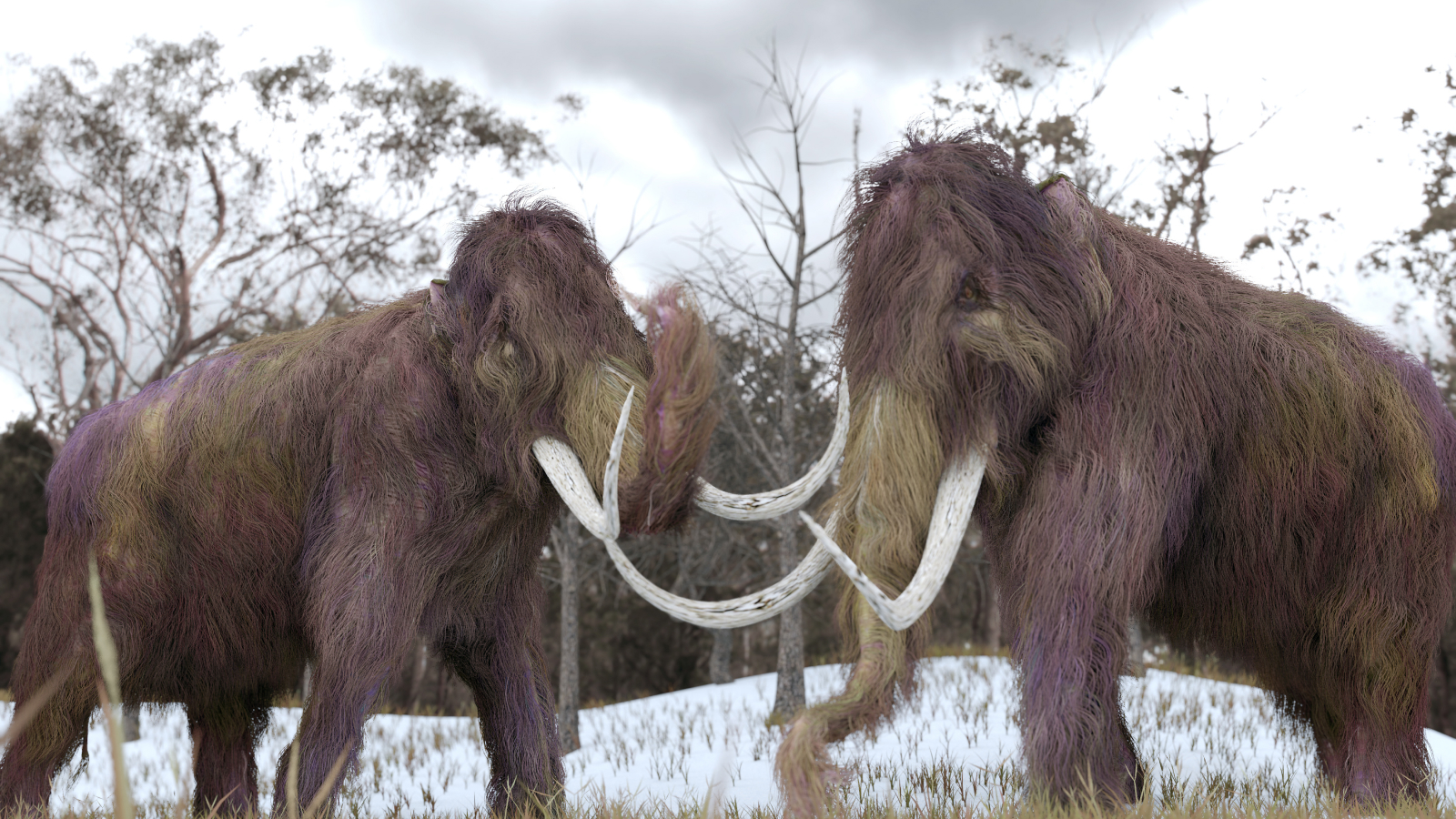
Woolly mammoths (Mammuthus primigenius) lived between 300,000 and 10,000 years ago, during the last ice age — although a small, isolated population survived on Wrangel Island until around 4,000 years ago. The main population roamed tundra that stretched across present-day Asia, Europe and North America. A shift in the climate at the end of the ice age, together with human hunting and dwindling genetic diversity in the population, may have driven woolly mammoths to extinction.
Permafrost in the Arctic has preserved the carcasses of woolly mammoths and even the 3D structure of their genome. This means scientists can extract well-preserved DNA and potentially assemble a genetic sequence resembling those of the original animals. This, in turn, would enable researchers to perform nuclear transfer with a modern elephant egg cell to give rise to a species similar to the woolly mammoth. Recent breakthroughs suggest woolly mammoth de-extinction is inching closer, with the U.S.-based de-extinction company Colossal Biosciences claiming it will produce its first "mammoth" calves by 2028.
In March 2025, Colossal unveiled genetically engineered "woolly mice" with thick, golden-brown hair inspired by that of the woolly mammoth. To create the mice, scientists identified six genes in mice that control hair texture, length and color. In some cases, the researchers simply "switched off" these genes; in others, they copied and pasted mutations that existed in woolly mammoths into the mouse genome. The woolly mice are a "proof of concept" for Colossal that they can make several targeted modifications to an animal's genome in one go and introduce mammoth-like characteristics into another species. But the leap from woolly mouse to "woolly elephant" is huge, meaning much work remains before the company can "bring back" woolly mammoths.
Dodo
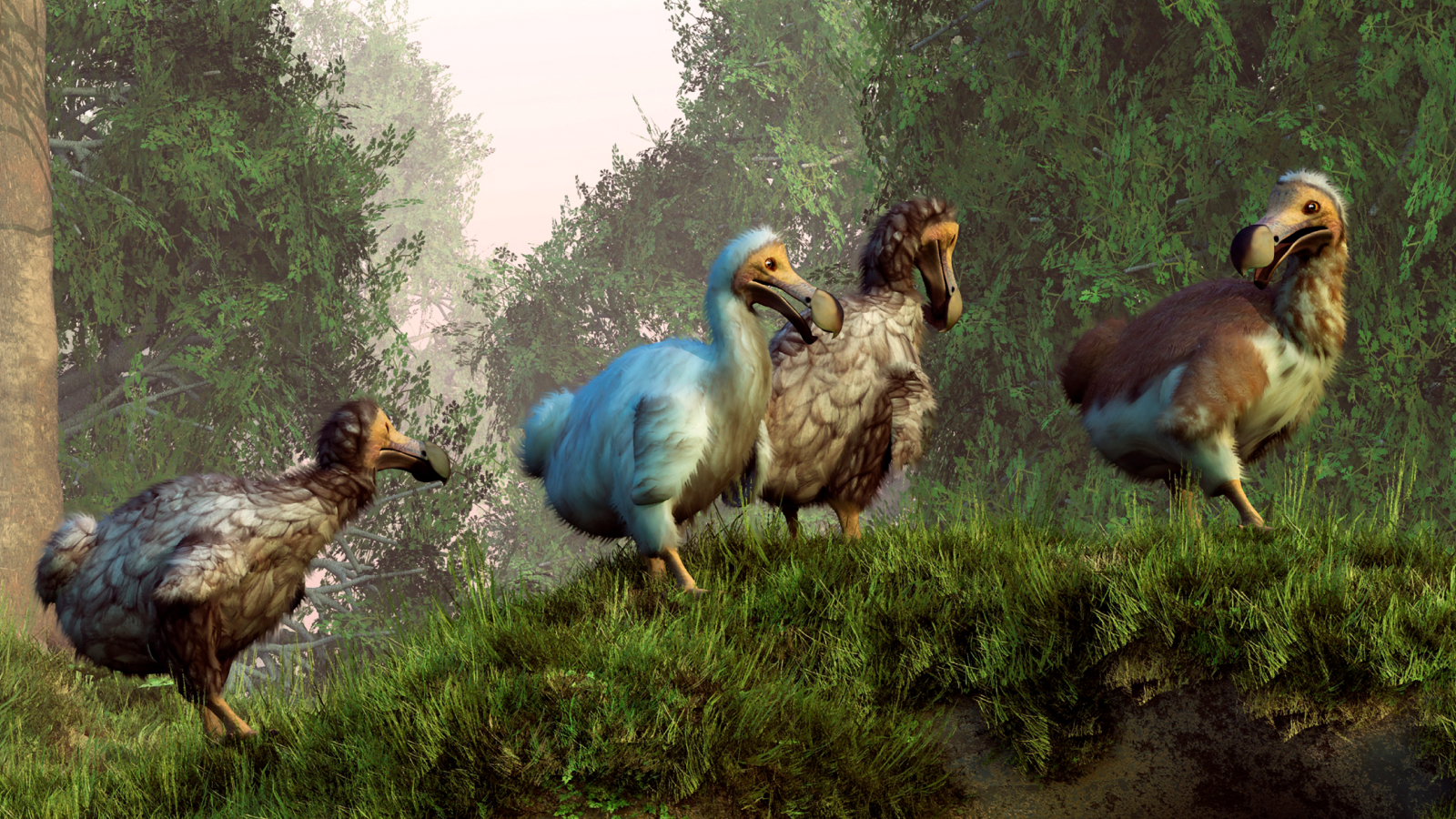
The dodo (Raphus cucullatus) was a large, flightless bird endemic to Mauritius, an island off the coast of Madagascar. Dodos went extinct in the 17th century as a direct result of European colonization and have therefore become an emblem of human-caused extinction. Colonizers arrived in Mauritius in 1598, bringing with them a panoply of non-native species, including rats, cats and even monkeys, according to the Mauritian government. These animals plundered dodo nests of eggs and chicks, reducing the number of birds on the island to critical levels in just a few decades. Together with deforestation and humans' hunting of dodos, predation ultimately led the species to die out by 1681.
Today, dodo DNA survives in natural history museum specimens. In 2022, scientists assembled the first dodo genome, using an exceptionally preserved specimen housed in a collection in Denmark. But several hurdles remain before the species can be brought back to life. These include the need to engineer genetic diversity into the dodo's DNA sequence so it does not end up with a population of clones, Ben Lamm, CEO and co-founder of Colossal Biosciences, told Live Science. On the plus side, Lamm said, it's much quicker and easier to gestate a dodo than a woolly mammoth or a thylacine, given that the bird's DNA is self-contained in an egg.
Thylacine
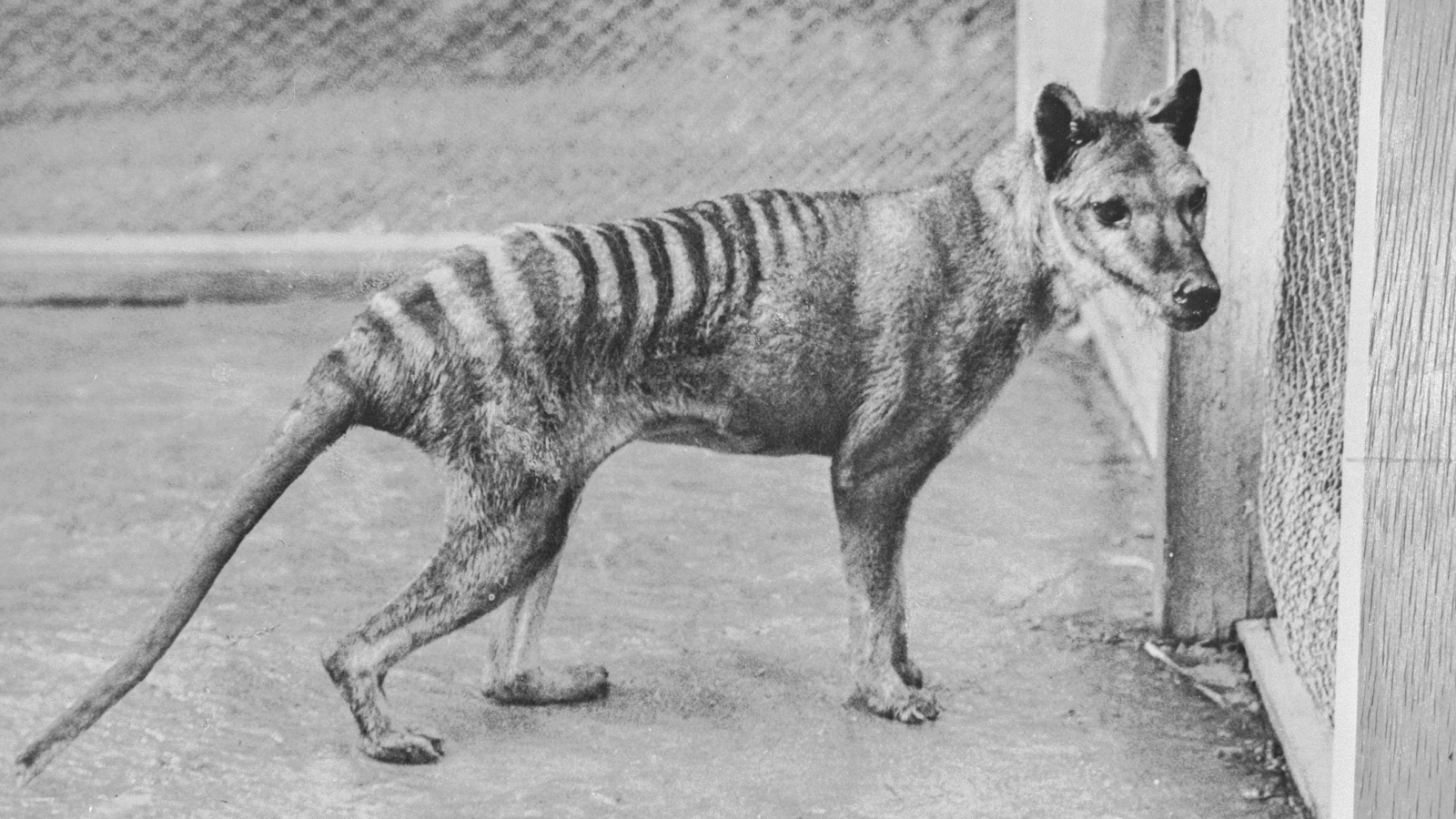
The Tasmanian tiger, or thylacine (Thylacinus cynocephalus), was a wolf-like, carnivorous marsupial with stripes on its lower back. It once thrived throughout what is now Australia. The species disappeared from the mainland between 3,000 and 2,000 years ago, but a population persisted on the island of Tasmania. In the late 19th century, the first European settlers in Tasmania introduced a bounty on thylacines, which people perceived to be voracious predators of livestock. The subsequent killings drove thylacines to extinction, with the last individual dying in a zoo in 1936.
Thylacines are a good candidate for de-extinction because there are plenty of intact specimens to extract DNA from, Andrew Pask, a professor of genetics and developmental biology at the University of Melbourne in Australia, told BBC Future. "Every major museum wanted one in their collection, so there are hundreds of samples around the globe, and some are exceptionally preserved," said Pask, who is working with Colossal Biosciences on de-extinction. But the DNA is very fragmented, meaning a lot of editing is needed to get a functional sequence. Pask and his colleagues sequenced a complete thylacine genome in 2017, and in 2023, researchers extracted RNA from a Tasmanian tiger. But there are many more challenges to overcome before a baby thylacine is born, he said.
Passenger pigeon
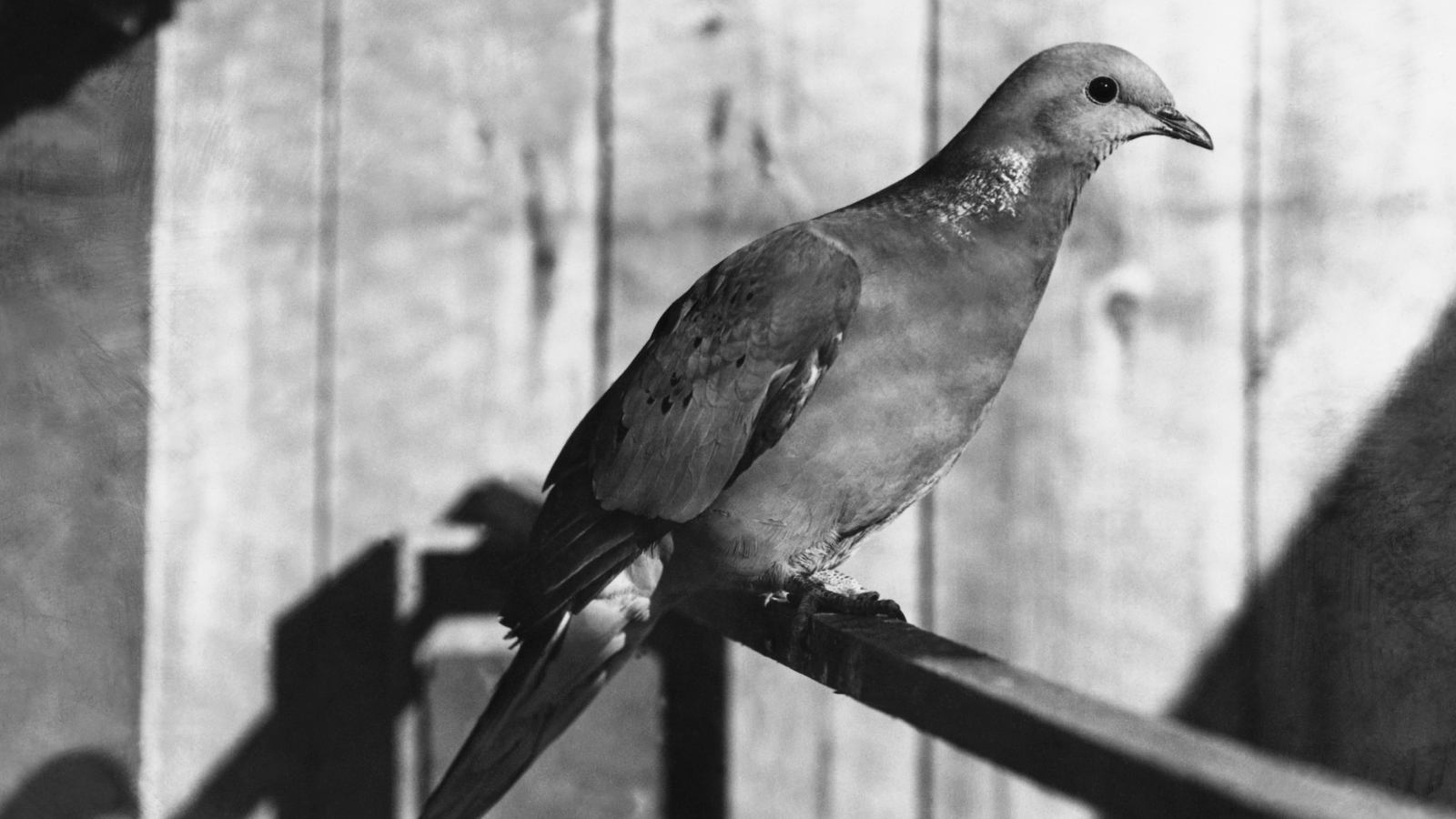
The passenger pigeon (Ectopistes migratorius) was once the most abundant bird species in North America, making up between 25% and 40% of the total bird population in what is now the U.S. before the 17th century, according to the Smithsonian Institution. European settlers hunted the pigeons for meat and progressively destroyed the birds' habitat, causing their extinction. Passenger pigeons traveled in large flocks and bred communally, which made them extremely vulnerable to hunting, according to the Audubon Society. The last known passenger pigeon, a female named Martha in honor of Martha Washington, died in 1914.
Museums hold dozens of stuffed passenger pigeon specimens, whose DNA scientists have extracted and sequenced. But the DNA is so fragmented, it's unlikely researchers will bring back the passenger pigeon in its original form. Instead, the biotechnology company Revive & Restore plans to introduce snippets of passenger pigeon DNA into the genome of modern-day band-tailed pigeons (Patagioenas fasciata) that will give rise to birds that look like the extinct species. The company aims to hatch the first generation of pigeons in 2025 and begin trial releases into the wild soon thereafter, according to its website. If successful, the company says the project will "demonstrate the potential of genomic intervention and help to restore the ecology of North America's eastern forests."
Aurochs
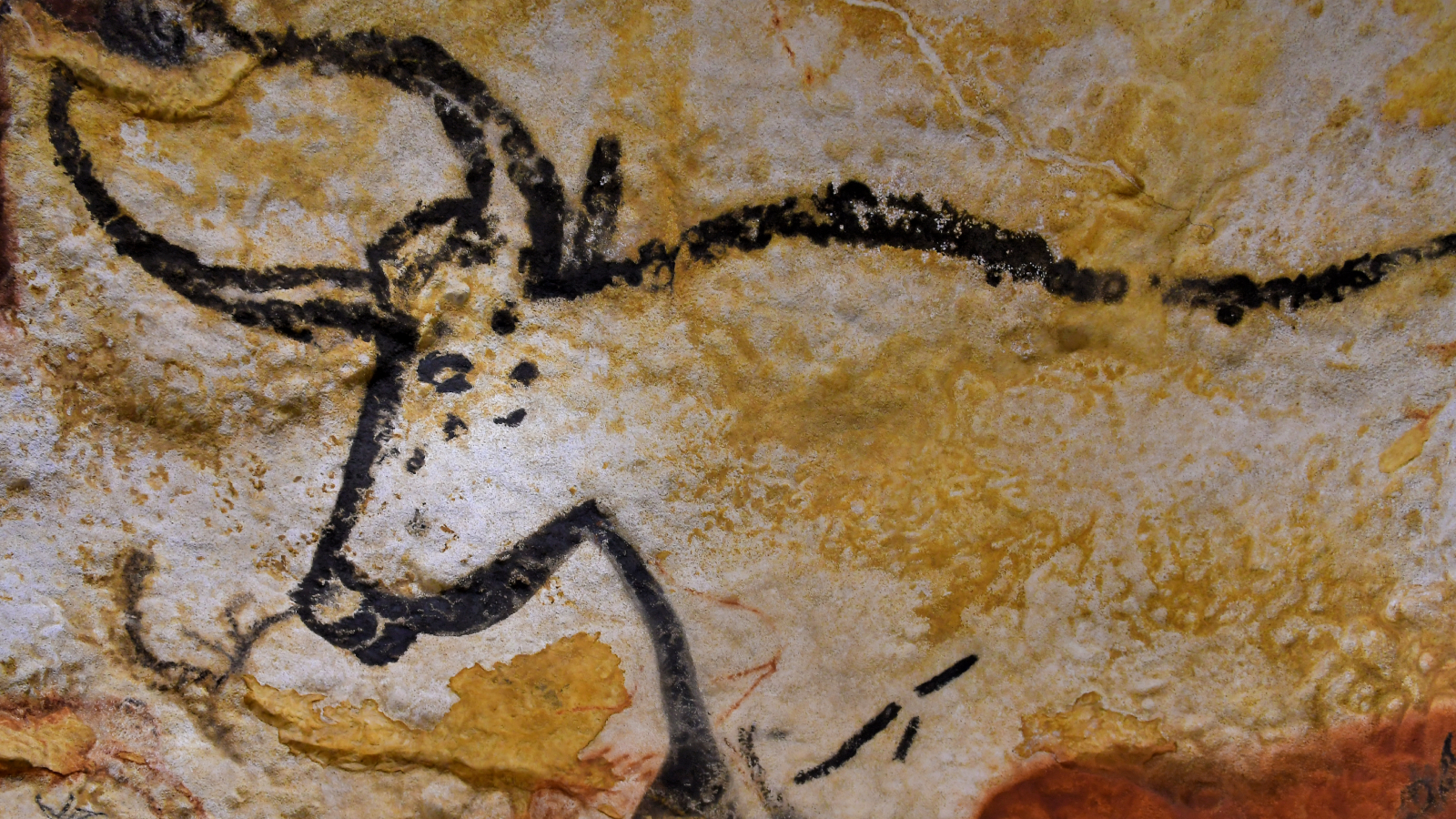
Aurochs (Bos primigenius) are the wild ancestors of all modern cattle, including domestic cows (Bos taurus). They were giant, horned beasts whose range extended across North Africa, Asia and nearly all of Europe for thousands of years, with the earliest known fossils dating to around 700,000 years ago. Aurochs were the largest terrestrial mammals left in Europe after the last ice age ended, but humans drove them to extinction through overhunting and habitat destruction. The last known aurochs died in 1627 in Poland's Jaktorów Forest.
Ongoing efforts to "de-extinct" the aurochs differ from those for other extinct species in that they do not require genetic engineering. Most of the aurochs' DNA lives on in modern cattle breeds, prompting researchers to try an alternative method called back-breeding. Back-breeding involves selecting and breeding cows that have physical traits and behaviors resembling those of aurochs. These are primarily Southern European breeds that are kept in relatively wild conditions, Ronald Goderie, an ecologist and the director of the Taurus Foundation, which oversees the aurochs project, told Live Science. The project, which is based in the Netherlands, has yielded more than six generations of cows and is getting "very close" to producing an aurochs look-alike, Goderie said.
Quagga
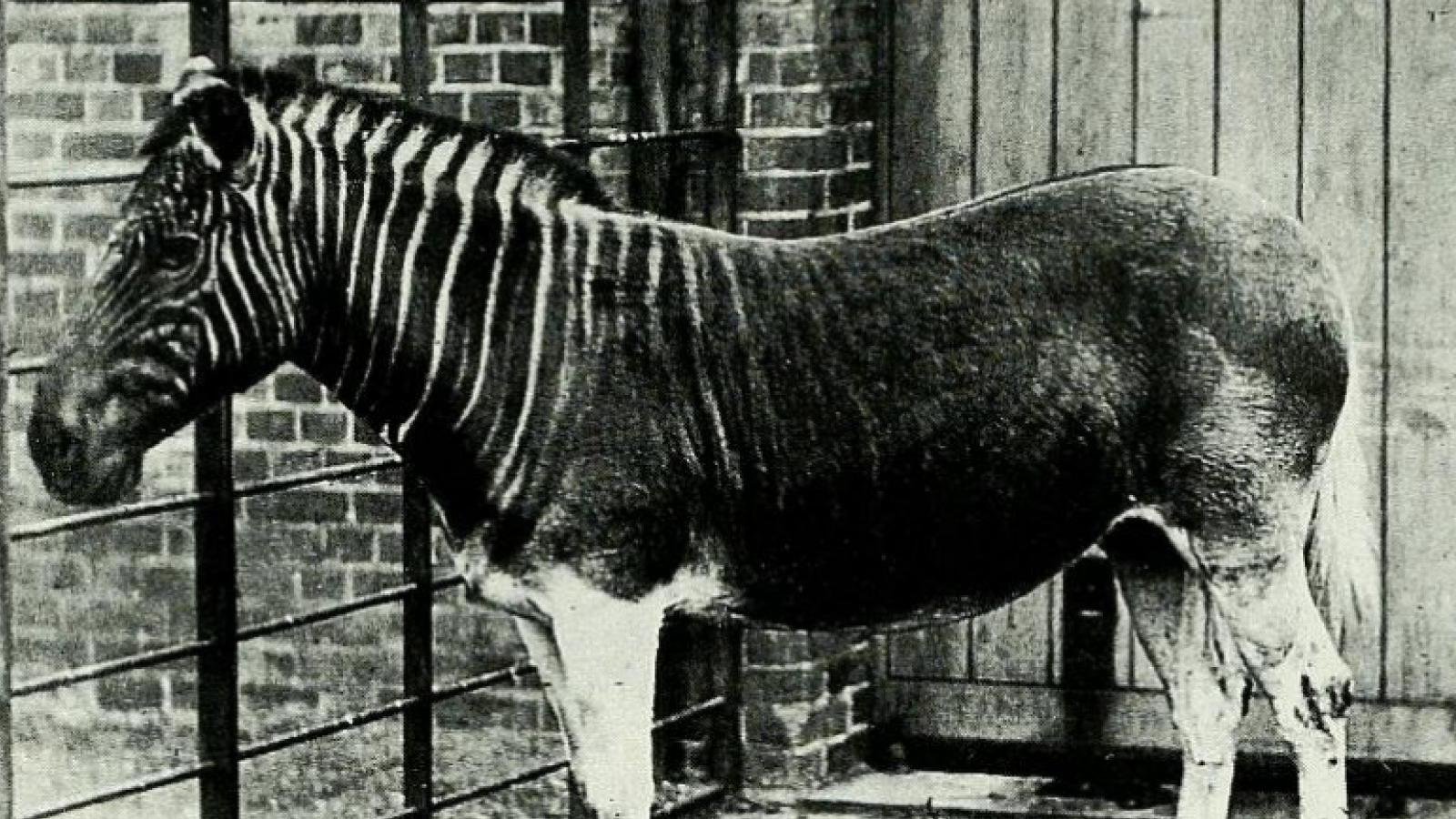
The quagga (Equus quagga quagga) is an extinct subspecies of the plains zebra (Equus quagga), the most widely distributed zebra species. Quaggas were endemic to South Africa and had fewer stripes on their hindquarters than other zebras. They were targeted by hunters for their unusual pelts and by farmers who wanted to graze livestock without competition from other animals. Relentless persecution in the 19th century made the quagga extinct in the wild, and the last captive quagga died in 1883. Only seven quagga skeletons remain in existence, making them the rarest skeletons in the world, according to University College London (UCL).
As with auroch back-breeding, efforts to bring the quagga back to life do not involve genetic engineering. Since 1987, The Quagga Project in South Africa has selectively bred plains zebras with fewer stripes than usual for the species "to retrieve at least the genes responsible for the quagga's characteristic striping pattern," according to the project's website. But the project is controversial, according to UCL, with critics arguing that the resulting animal will still be a plains zebra and that the money would be better spent on other conservation projects. Instead, it may be possible to clone quaggas by extracting DNA from the bone marrow of a skeleton or from a taxidermy specimen and then injecting it into a zebra egg cell, according to UCL.
Dire wolf

Dire wolves are extinct predators that lived in the Americas between 125,000 and 10,000 years ago. John Snow, a prominent character in the HBO television series "Game of Thrones," famously has a pet dire wolf named Ghost. These wolves are larger than modern wolves and have thick, white fur. They also have large teeth and a characteristic howl.
It's unclear why dire wolves disappeared, but scientists think that a combination of climate change and competition for food with human hunter-gatherers pushed them to extinction. Dire wolves were ferocious predators, and it has been suggested that their reliance on big herbivores for food, many of which went extinct at the end of the last ice age, led to their demise.
In April 2025, the biotechnology company Colossal Biosciences announced that it had succeeded in producing three genetically engineered "dire wolf" pups. According to Colossal, two of the pups, Romulus and Remus, were born on Oct. 1, 2024, and the third, Khaleesi, was born on Jan. 30, 2025. To create the pups, scientists extracted and analyzed dire wolf DNA from a 13,000-year-old tooth and a 72,000-year-old skull. They then compared this to the DNA of modern-day gray wolves (Canis lupus) to identify key differences between the two. Then, using CRISPR gene-editing technology, the scientists tweaked the gray wolf genome to match that of the dire wolves. They then inserted this genetic information into egg cells from gray wolves that had had their own DNA removed. The resulting embryos were implanted into the wombs of domestic dogs, and the pups were born after 65 days of gestation.
Sign up for the Live Science daily newsletter now
Get the world’s most fascinating discoveries delivered straight to your inbox.

Sascha is a U.K.-based staff writer at Live Science. She holds a bachelor’s degree in biology from the University of Southampton in England and a master’s degree in science communication from Imperial College London. Her work has appeared in The Guardian and the health website Zoe. Besides writing, she enjoys playing tennis, bread-making and browsing second-hand shops for hidden gems.
You must confirm your public display name before commenting
Please logout and then login again, you will then be prompted to enter your display name.


